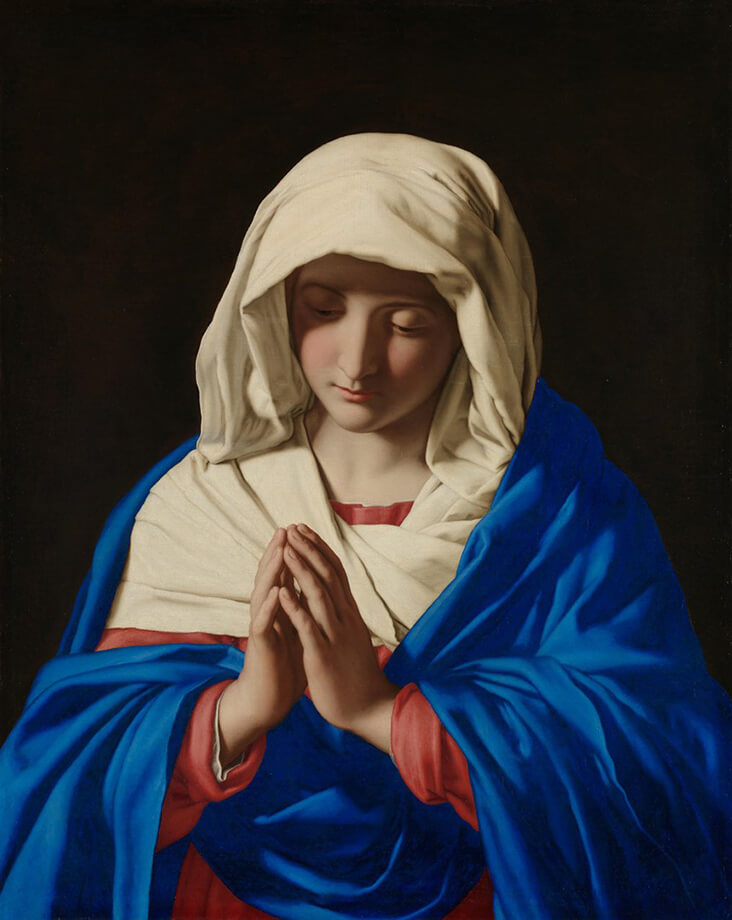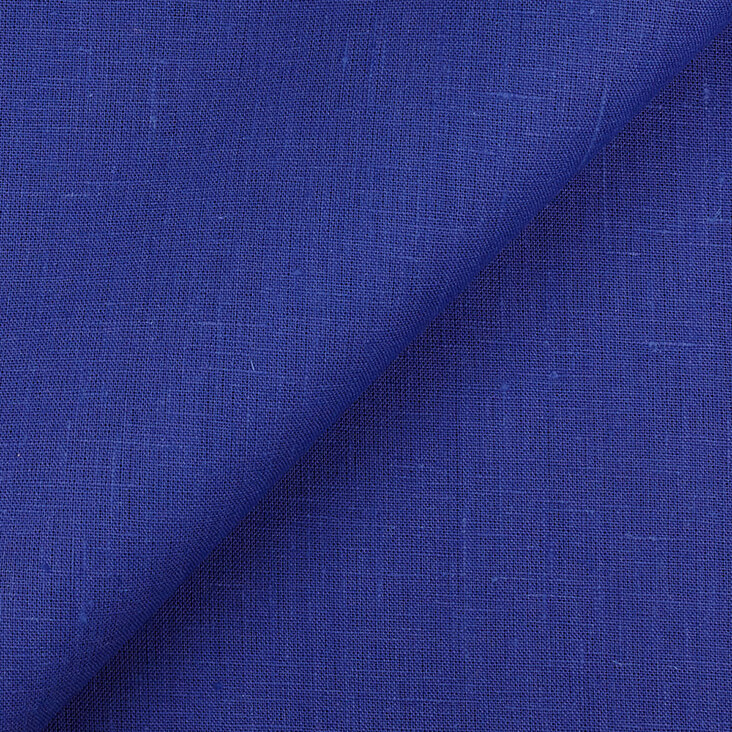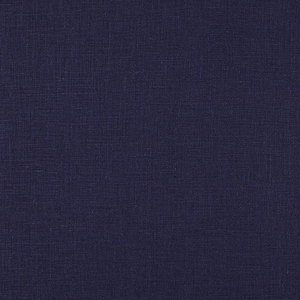Rare Precious and Exotic: The Story of Ultramarine
“Ultramarine blue is a colour illustrious, beautiful, and most perfect, beyond all other colours; one could not say anything about it, or do anything with it, that its quality would not still surpass.” Cennino Cennini
Originally mined from the distant mountains of Afghanistan, ultramarine’s vivid, reddish blue has a dazzling, mystical beauty that has fascinated artists for centuries. Perhaps it is no surprise that the colour’s name means “beyond the sea,” a nod towards the many journeys the colour has made around the world since ancient times. Derived from the natural gemstone lapis lazuli, a form of limestone containing the blue mineral lazurite, the pigment is hard to come by and costly to manufacture; during the Renaissance it was worth even more than gold. Given this precious rarity, artists have often reserved the colour for their most spiritually significant people, places or stories, lending it an aura of enigmatic, elusive magic.
The earliest records of the Ultramarine pigment have been traced back to a series of cave paintings made in 700-800 AD, situated in Badakshan in Afghanistan, near the first known source of the pigment. As times moved on Ancient Egyptians and Babylonians likened its vivid blue with the infinite endlessness of the sky and the ocean, believing it had life-giving, healing powers. It appeared in their ancient cultures in the form of fine jewels and beads, and was ground into a fine pigment to be painted panels on statues and sarcophagi – Cleopatra was even said to use the ground pigment as blue eyeshadow.
Between the 10th and 12th centuries, ultramarine appeared in Chinese paintings and Indian murals as well as illuminated manuscripts in Norway and France. But it was during the Renaissance that the colour truly flourished; Venice had trading connection with Constantinople, from where the colour travelled across the sea to Europe. Still, many artists couldn’t afford the pigment, so wealthy patrons such as the Medici family would purchase it for them, while artists reserved this costly blue only for the finest, most precious elements of the painting, particularly the clothing of the Virgin Mary or Christ Child. Having ultramarine in paintings was mutually beneficial, a potent symbol of wealth and power for both artist and patron.
After seeing Giotto di Bondone’s dazzling sea of ultramarine blue frescoes in the Scrovegni Chapel, Early Renaissance painter and writer Cennino Cennini dedicated a chapter to the colour in his much celebrated Libro dell’Arte, (The Craftman’s Handbook), 1437, explaining how to create and use the pigment. He called for all artists to “let some of that colour, combined with gold … shine forth in every object.” Not just a status symbol, many artists were also drawn like magpies to ultramarine because of the inimitable, iridescent glow it could create. Saintly, Biblical or mythical scenes throughout the Renaissance were invested with an arresting, spiritual aura through this colour as seen in Titian’s series of 16th century Poesie based on Ovid’s ancient text Metamorphoses and Giovanni Battista Salva da Sassoferrato’s dazzling depiction of The Virgin in Prayer, 1640-50.
In Northern Europe, Dutch artist Johannes Vermeer painted so liberally with ultramarine that he almost drove his family into bankruptcy. As well as appearing in brilliant swathes of fabric and clothing as in his world-renowned Girl with a Pearl Earring, 1665, he discovered adding small amounts of ultramarine to grey shades could bring forth the illusion of shining daylight, leading him to produce deeply atmospheric half-lit interiors filled with disquieting tension. By the 19th and 20th century synthetic variants of the ultramarine shade were in production though many artists argued newer versions of the colour lacked the softness of the original shade such as the American Realist painter Andrew Wyeth, who persistently ground his own pigments from source.
More recently, in the exhibition Blue Magic, staged at the Palazzo Pitti in Florence in 2015, a series of displays celebrated the legacy of the prized lapis lazuli stone and its ultramarine blue pigment, tracing its ancient history through to modern times. Placing it in a contemporary context, they compared ancient ultramarine with only one other modern variant of the colour: International Klein Blue, also known as IKB, made by the 20th century artist Yves Klein. Hoping to match the same infinite, mesmerizing qualities of lapis lazuli, Klein covered entire canvases with pure fields of his self-discovered flat, blue colour, writing, “Blue has no dimensions; it … suggests at most the sea and sky, and they, after all, are in actual, visible nature what is most abstract.”
Feature Image: Giotto di Bondone / Scrovegni Chapel, Padua / 1303-5








































2 Comments
Anne Keeney
Your blogs are beautiful. The way you write them is like artwork.
Rosie Lesso
Thank you so much for the lovely feedback!